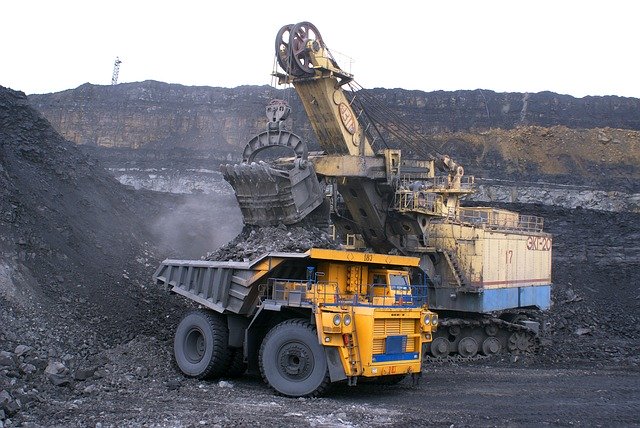
Zambia’s economy has been beating to the rhythm of copper for many years. Our economic growth potential has since time immemorial been heavily influenced by our copper resources. Yet, this potential is ensnared in a web of global pricing mechanisms, primarily dictated by the London Metal Exchange (LME), which presents a dilemma for Zambia’s aspirations of economic development through value addition.
The LME is the world’s premier non-ferrous metals market, where commodities like copper are traded. For Zambia, a significant player in the global copper market, the pricing of copper cathodes (a pure form of copper ready for manufacturing use) is largely determined by the LME. These prices are influenced by global supply and demand, geopolitical events, and even market speculation. While this might seem fair in an open market, the reality is more complex for Zambia.
The predicament is rooted in Zambia’s reliance on exporting raw copper, which means it is subject to the LME’s pricing system. This system includes costs like transport to an LME-approved warehouse, which is not relevant for local manufacturers who acquire copper directly from mines. The result? Zambian companies miss out on a potential discount that could foster local value addition – transforming raw copper into finished products within the country.
Currently, Zambia has about five companies that manufacture cables and wires from copper cathodes and this a challenge common to all of them . They argue that since LME prices include delivery costs irrelevant to them, a discount equivalent to these costs should be applied to foster a level playing field in export markets. The idea is to allow local companies to refine and produce copper products, creating jobs and retaining more value within the country. However this is not the case. contribute to determining the price of copper.
When Zambia exports copper without value addition, it forfeits significant economic benefits. Our country remains vulnerable to the whims of international markets, suffering when prices dip. For example, during the 2015 global price decline, where the metal was trading at just under $5000/mt in the 3rd quarter (Lusaka Times, 2015), Zambia’s economy took a hard hit, underscoring the perils of dependence on raw exports. This was a reduction from a price level of $7,240/mt in the final quarter of 2014 (Investing, 2014); presently copper is fetching $9,773.50/mt on the LME (LME, 2024). Moreover, the LME’s pricing often undervalues raw materials from Zambia, leaving scant margins for local companies to invest in processing facilities like refineries and smelters.
The pricing of LME grade copper cathodes discourages local value addition. This, coupled with the dilemma of accessiblity of copper on the market and costs inccured when importing from the region make local value addition challenging. Manufacturers in Zambia’s neighbouring countries have lower input costs on raw materials because of their access to ports while Zambian manufacturers are disadvantaged because of being landlocked. We have to pay additional inland freight and other hidden costs such as insurance, inland security escort, terminal handling charges and interest.
To escape this copper paradox, Zambia needs to consider policies that could detach local prices from the LME system, encouraging miners and manufacturers to enhance the value of copper domestically. Copper cathodes sold to local manufacturers in Zambia should be at local price and not LME price and match the net realisation of the mines when they export the product. A further proposal of including the direct negotiations for fair copper pricing and Government incentives like a zero duty or zero surtax on importation of LME grade or LME equivalent grade of copper cathodes could spur investments in local processing capabilities.
The narrative of local copper wire and cable manufacturers’ struggle and the wider industrial challenges faced by Zambia exemplify the need for such reforms. By allowing companies to claim back implied duties on exported products made from locally-paid materials, Zambia could boost its non-traditional exports.
Furthermore, adjusting VAT and customs definitions to support the manufacturing process, like including machine spare parts as “manufacturing inputs,” could reduce costs for local producers. Also, easing the financial reporting in foreign currency for non-mining companies earning mainly in foreign exchange can mitigate exchange losses.
Zambia’s story is not just about copper but about turning natural wealth into a sustainable and diversified economy. The copper industry’s dilemma with LME pricing is a microcosm of the broader challenges faced by resource-rich nations seeking to maximize their natural capital. For Zambia, reforming this system is not just about economics; it’s about shaping a future where its copper serves as a foundation for robust and equitable growth.
In my next article, I will explore the complexities that surround availability of copper to the local manufactures in Zambia.
The Author is the Chief Executive Officer at the Zambia Association of Manufacturers


